10 Snacks That Are Basically Junk And 8 That Might Be Worse Than You Think
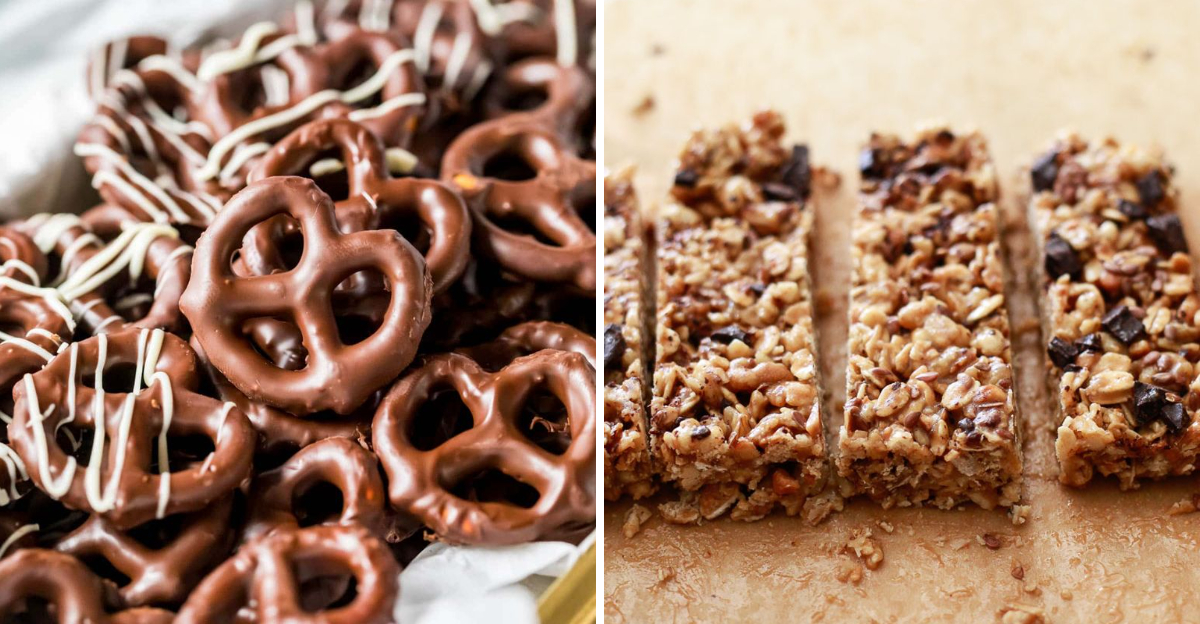
Let’s be real: we all love a good snack. But not all snacks love us back. Some are nothing more than empty calories, sugar bombs, or grease traps wrapped in flashy packaging. Even worse, there are a few “healthy-looking” snacks that are just as bad—or sometimes even worse—than the usual suspects. Here’s a list of snacks that are pure junk, followed by others that pretend to be better for you but might be sneakily worse.
1. Cheese Puffs
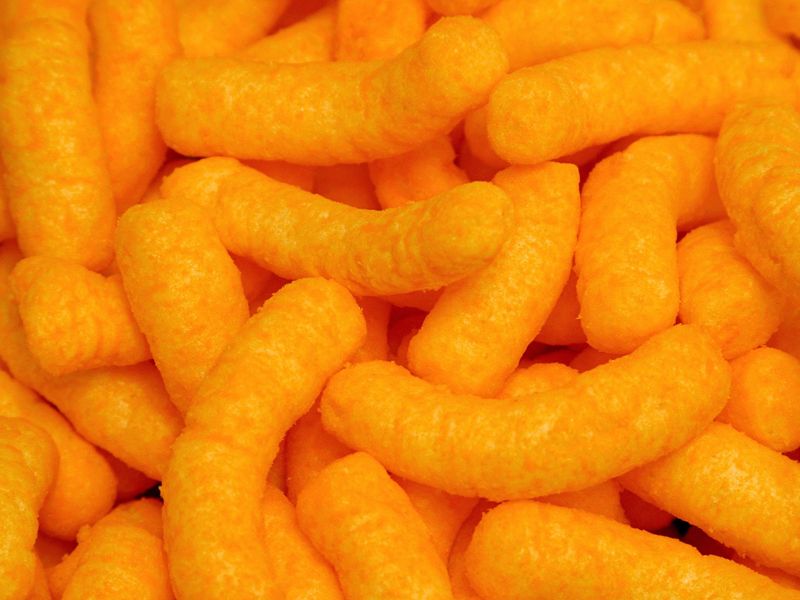
Crispy, crunchy, and oh-so-orange, cheese puffs are the snack that can disappear in a flash. Packed with artificial flavors and colors, it’s hard to resist their addictive texture. But beneath the puffy exterior lies a concoction of processed ingredients and oils. Some say they taste like pure joy, others like regret in orange form. Did you know that the first cheese puffs were created by accident in the 1930s? This snack was born from experimental animal feed! Despite its playful appeal, it offers little nutritional value, leaving your hunger unsatisfied and your body craving more.
2. Gummy Candy
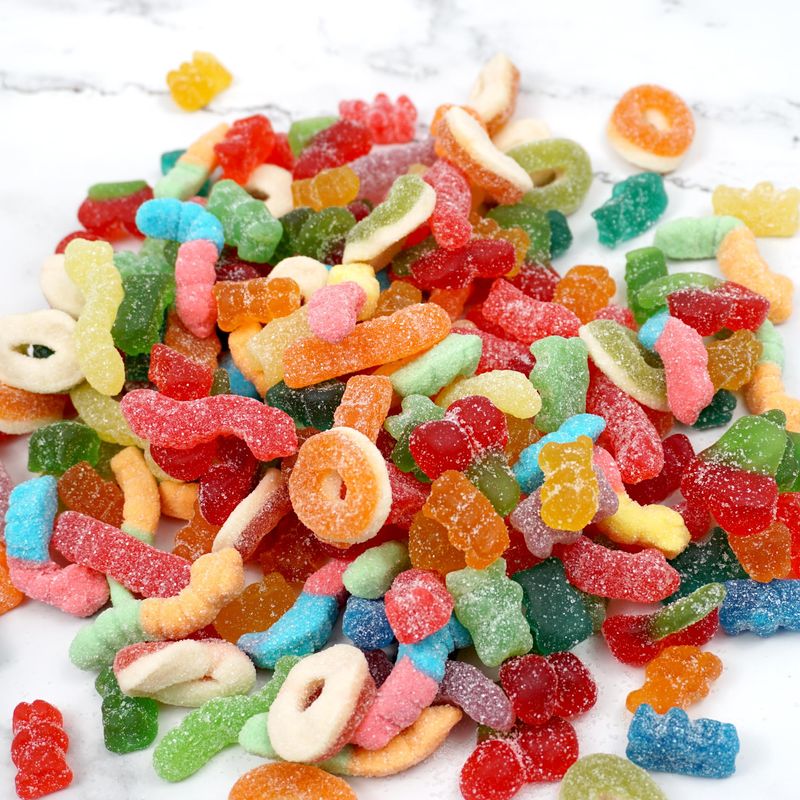
With their bright colors and chewy texture, gummy candies are a beloved treat for many. Each piece is a sugary masterpiece, designed to delight the senses. However, these sweet snacks are little more than sugar, artificial colors, and gelatin. While they might make you feel like a kid again, they’re more likely to send your blood sugar on a rollercoaster ride. Fun fact: gummy bears were first created in Germany in the 1920s and have been a staple of confectionary ever since. Despite their charm, they’re empty of nutritional benefits.
3. Microwave Popcorn (Buttery-Flavored)
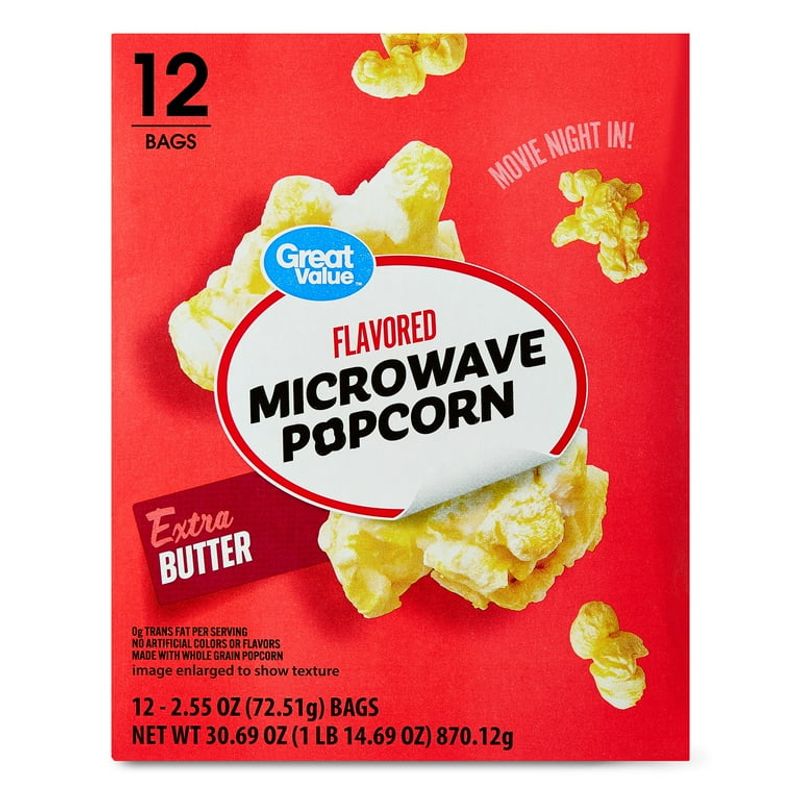
Microwave popcorn, especially the buttery-flavored variety, is a favorite for movie nights. The aroma fills the room, drawing you in with promises of a crunchy, buttery experience. But beware—this snack is often filled with trans fats, artificial butter flavors, and other questionable additives. Did you know that diacetyl, a chemical used for butter flavoring, has been linked to health issues in factory workers? While convenient and tempting, this snack is far from a wholesome choice. It leaves you reaching for more, often without satisfaction.
4. Soda and Candy Bar Combo

The ultimate sugar-and-caffeine duo, soda and candy bars, is a tempting choice for an energy boost. The fizz of the soda paired with the sweet, chocolatey treats seems like a perfect match. But this combo is a one-two punch to your health, offering nothing but empty calories and a sugar rush followed by an inevitable crash. The pairing of sugar and caffeine can leave your body searching for balance long after the snack is gone. This dynamic duo is best left on the shelf, where it can’t tempt you with its promises of quick energy.
5. Chocolate-Covered Pretzels
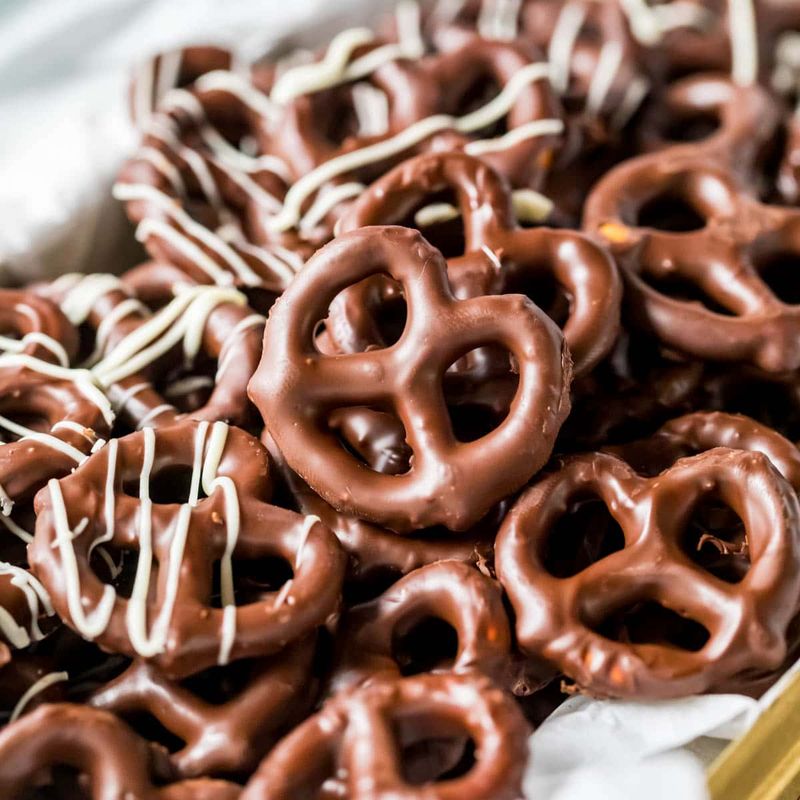
At first glance, chocolate-covered pretzels appear to offer the best of both sweet and salty worlds. The crunch of the pretzel, combined with the smooth chocolate coating, makes for an enticing treat. Unfortunately, it’s more of a sugar, salt, and processed carb overload than a balanced snack. Despite their allure, these little morsels can be both addictive and harmful to your diet. Fun fact: this combination has been a popular gift item since the late 20th century, often found in festive tins during the holiday season.
6. Nacho Cheese-Flavored Chips

With bold flavors and a satisfying crunch, nacho cheese-flavored chips are a staple at parties and gatherings. They promise a fiesta in every bite, but behind the flavor lies a mix of refined flours, artificial dyes, and chemicals. These chips are for those who love intense tastes, but they offer little in terms of nutrition. Did you know that the bright orange color is often achieved with chemical dyes rather than real cheese? While they might be a crowd-pleaser, these chips are best enjoyed in moderation, if at all.
7. Pre-Packaged Snack Cakes
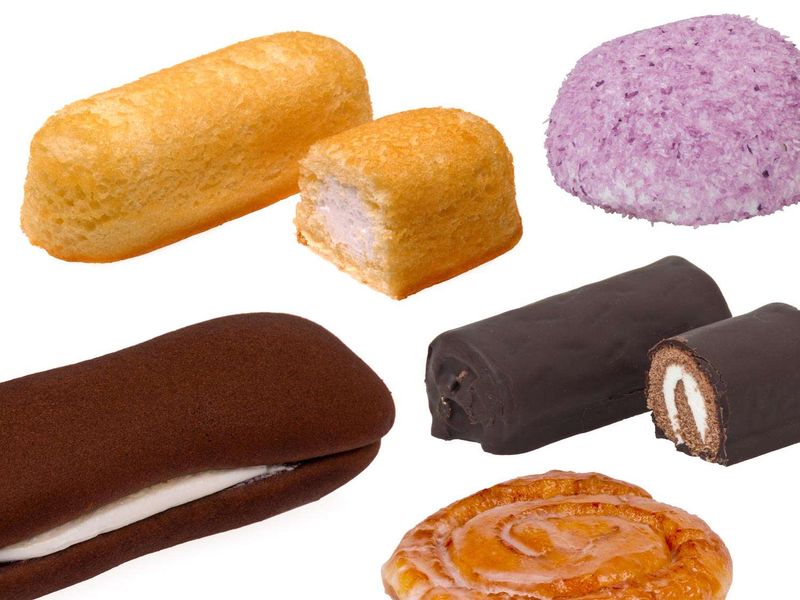
Twinkies, cupcakes, and their pre-packaged counterparts have become iconic. Their soft spongy textures and sweet fillings promise a moment of joy. Beneath the appealing exterior, these snacks are mostly sugar, preservatives, and synthetic fats. Though they may remind you of childhood indulgence, they offer little nutritional value. The history of snack cakes dates back to the early 20th century, reflecting a time when convenience became king. Despite their nostalgic charm, they are best left as an occasional treat, not a dietary staple.
8. Ice Cream Sandwiches
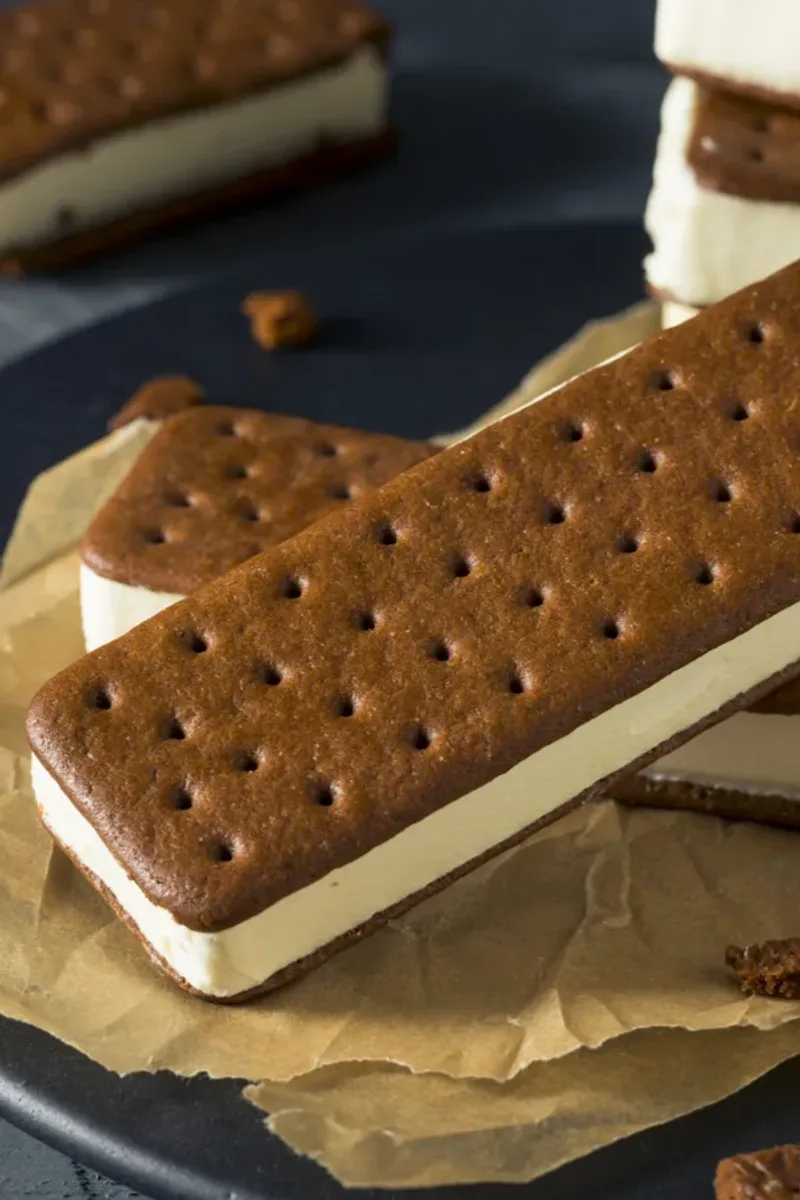
Ice cream sandwiches—a delightful collision of two cookies and a scoop of ice cream. This treat promises a sweet escape, combining the fun of cookies with the indulgence of ice cream. However, it’s essentially sugar-on-sugar-on-fat. While it might evoke memories of hot summer days and childhood treats, it does so at the expense of health. Did you know that the first ice cream sandwich was sold in New York in 1899 for just a penny? Despite their history, they’re best enjoyed sparingly, as they’re more dessert than snack.
9. Soda-Filled Slushies

Soda-filled slushies are a treat for the eyes and taste buds, offering a frozen sugar syrup explosion. The vibrant colors and icy texture make them a fun choice on a hot day. But they are essentially liquid candy in a cup, with a sugar content that can rival any dessert. Indulging in a slushie might seem like a refreshing choice, but it offers no nutritional benefits. Fun fact: slushies became popular at fairs and amusement parks in the 1970s, a trend that continues today. They’re best saved for occasional splurges.
10. Mini Donuts (Packaged)
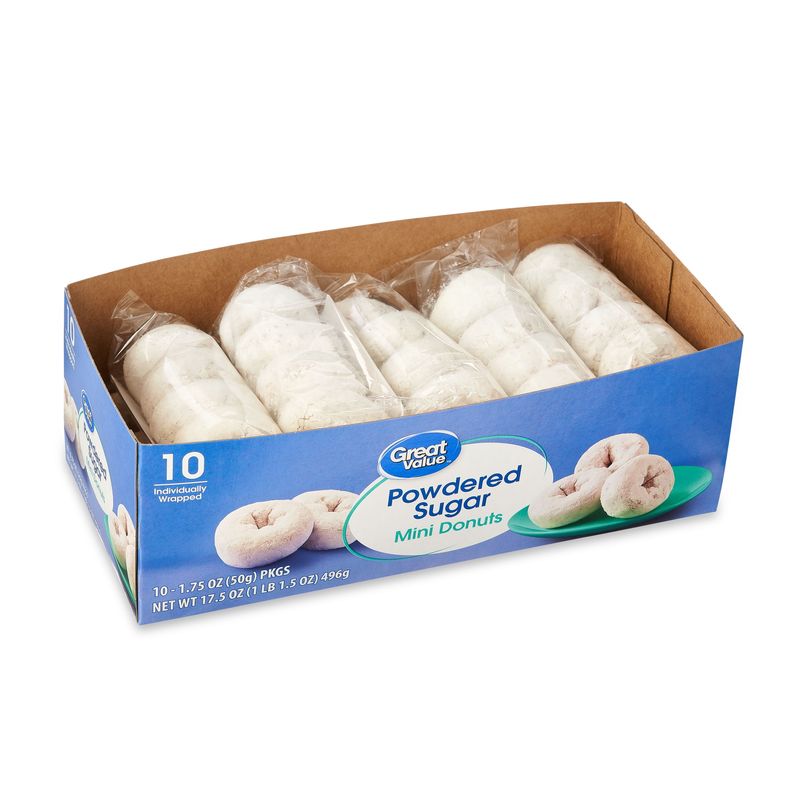
Mini donuts, especially those that come pre-packaged, are a tempting snack with their sugary glaze and bite-sized form. These sweet treats are often sold in convenience stores, appealing to those with a sweet tooth. Yet, they are nothing more than empty carbs and oils wrapped in plastic. While they might remind you of childhood breakfasts, they offer little to sustain energy or health. Did you know that donuts have been a part of American culture since the 19th century, often associated with fairs and carnivals? Best enjoyed sparingly.
11. Flavored Rice Cakes
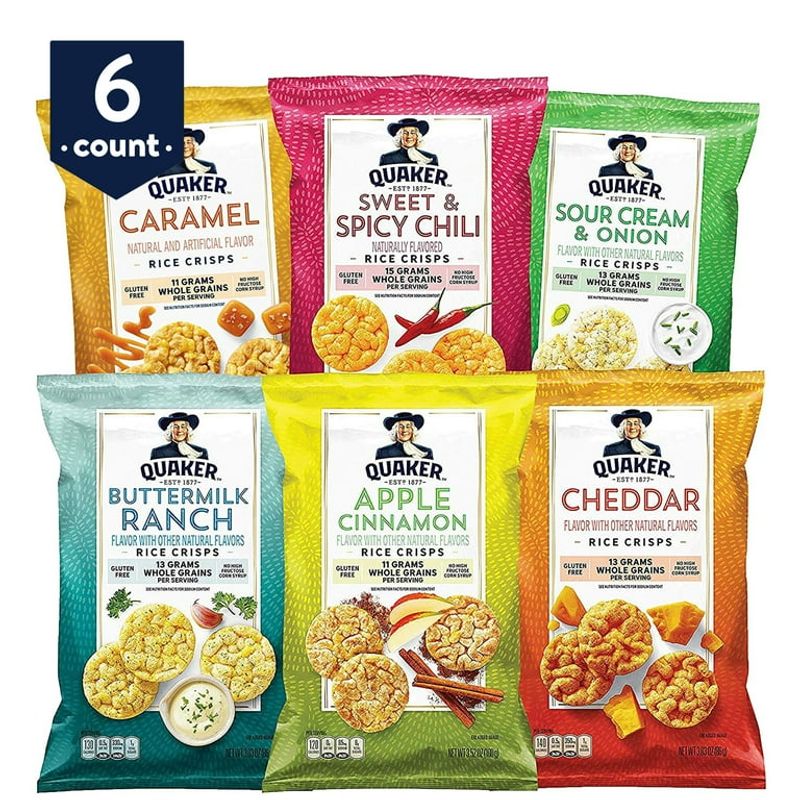
Flavored rice cakes appear to be a light, healthy option. Their low-calorie appeal attracts those looking for a guilt-free snack. However, many are high-glycemic and covered in sugary or artificial flavor powders. Despite their airy texture, they can lead to sugar spikes, leaving you hungry soon after. Did you know that rice cakes have been a part of Asian cuisine for centuries, traditionally made without the added flavors seen today? While tempting for their convenience, they’re not always the healthful choice they seem.
12. Granola Bars
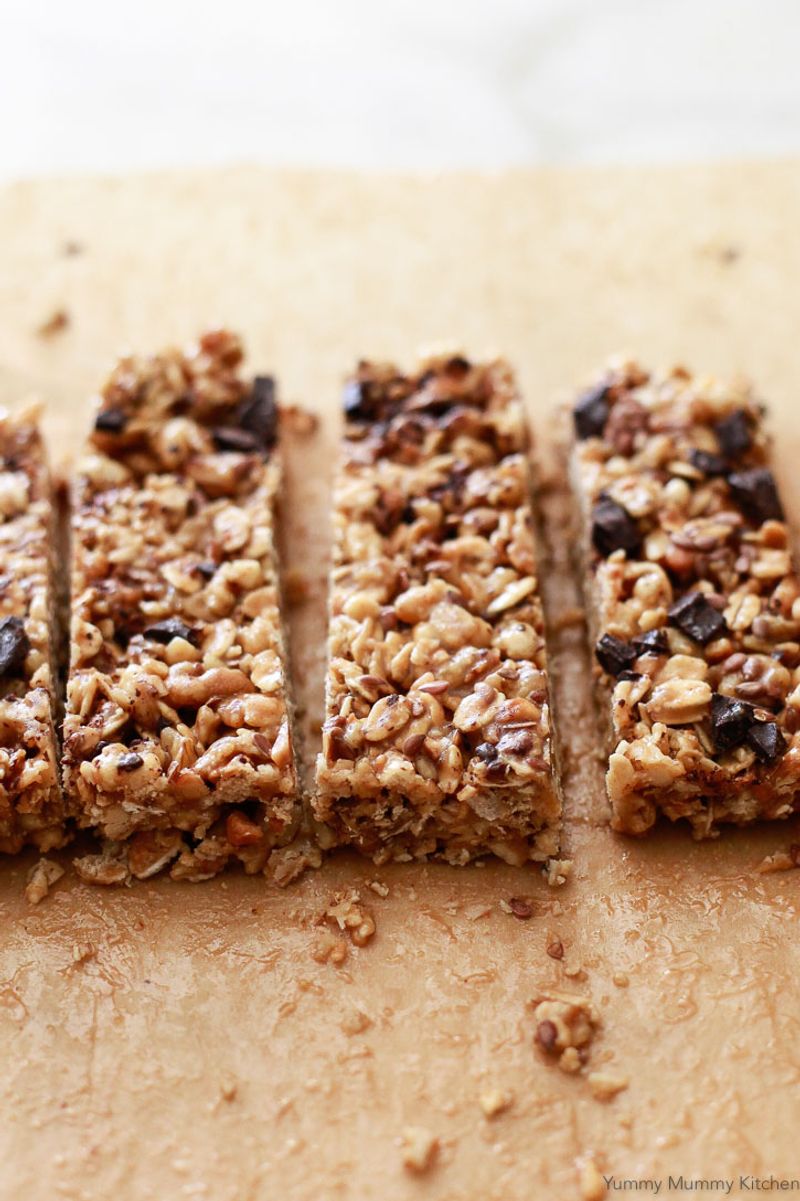
Granola bars often masquerade as a healthy snack, with oats, nuts, and dried fruit offering a nutritious promise. Yet, many are barely distinguishable from candy bars, packed with sugars and syrups. Their convenient packaging makes them a popular choice for on-the-go snacking. But what seems like a healthy choice can be misleading. Fun fact: granola bars rose to fame in the 1970s as part of the health food movement, though not all stayed true to their roots. Despite their appeal, choose bars with care and read labels closely.
13. Veggie Chips
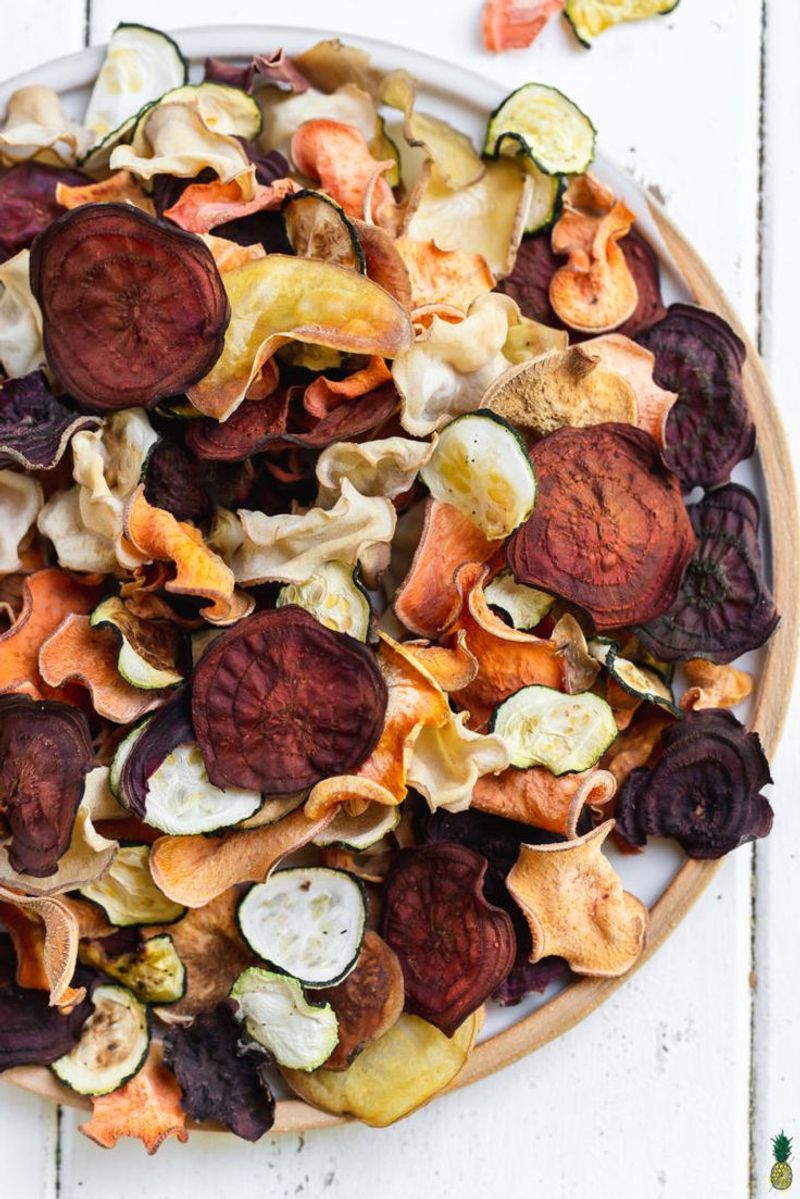
Veggie chips sell a vibrant image of health, often boasting their vegetable content on the packaging. Yet, they are typically just potato starch and food coloring, with actual veggies rarely involved. Despite their cheerful appearance, they fall short in delivering the nutrition they promise. Veggie chips are an example of how marketing can skew perception. Did you know that the true nutritional value of these chips can be equivalent to regular potato chips? While they sound like the better choice, they aren’t always what they seem.
14. Trail Mix with Candy

Trail mix, especially those with candy, offers a tantalizing blend of sweet and salty. Originally designed as a hiker’s energy boost, the modern version often tips the scale towards dessert. When chocolate and yogurt-covered raisins dominate, it’s more treat than health food. Despite its wholesome origin, not all mixes are created equal. Did you know that trail mix dates back to the 1910s, crafted as an energizing snack for the trail? While appealing, choose versions that focus on nuts and dried fruits for true benefits.
15. Low-Fat Muffins
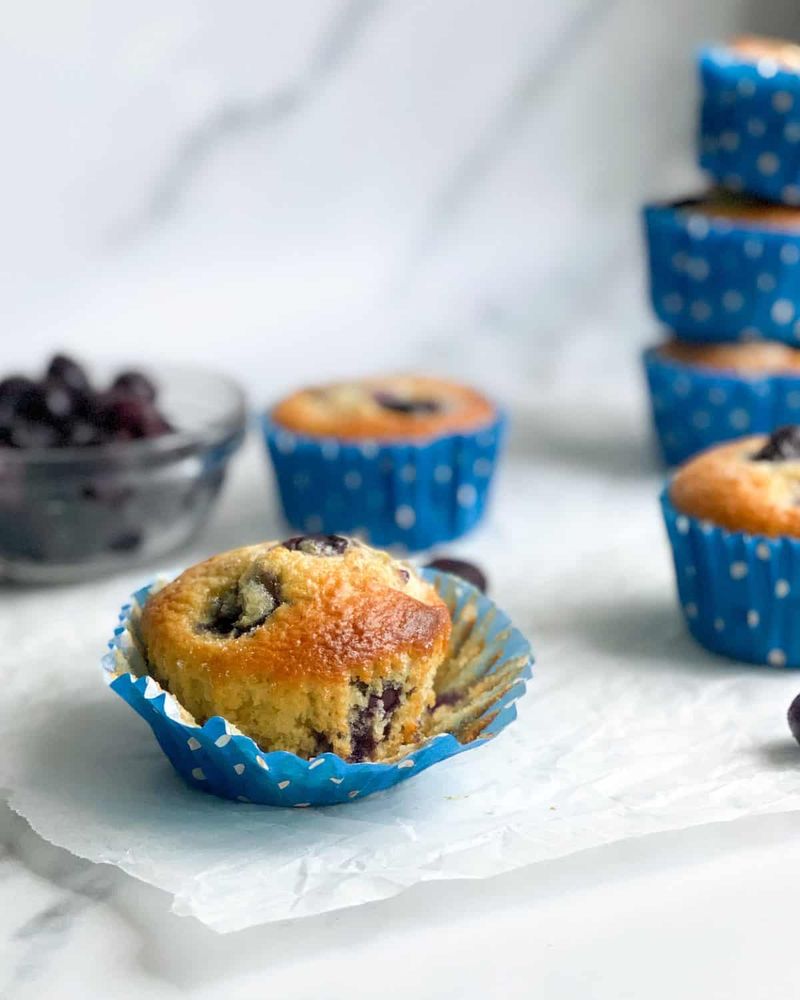
Low-fat muffins sound like a wise choice, catering to those watching their fat intake. But often, these baked goods compensate with extra sugar, making them a deceptive indulgence. While they present a healthier façade, their satisfying appearance can be misleading. Did you know that the first muffins were small yeast cakes baked in England? Modern low-fat versions can leave you hungry and searching for more. While they might satisfy a sweet craving, they’re not always the wholesome choice they claim to be.
16. Smoothie Shop Blends
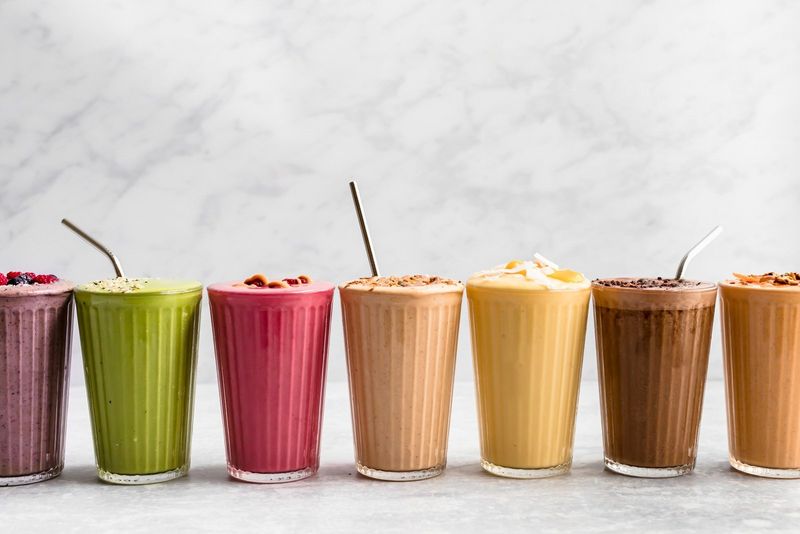
Smoothies from shops promise a fruit-filled, nutritious treat. Yet, many can pack more sugar than a milkshake, especially if made with syrups and added sugar. This creates a beverage that feels healthy but can be deceptive. While they offer the convenience of a quick meal, their nutritional content varies widely. Fun fact: smoothies became popular in the 1960s among health-conscious consumers, yet today’s versions can differ greatly from their origins. When in doubt, check the ingredients or make your own at home to ensure a real fruit experience.
17. Yogurt-Covered Snacks (Pretzels, Raisins, Nuts)

Yogurt-covered snacks often boast a healthy image, with their creamy white coating suggesting a nutritious treat. But the reality is different; the “yogurt” coating is commonly just sugar and palm oil in disguise. These snacks can be as indulgent as candy, lacking the benefits of real yogurt. Despite their healthful appearance, they’re often a sugary indulgence. Did you know that yogurt coating became popular in the 1980s as a novelty snack? While they might seem like a smart choice, it’s wise to enjoy them in moderation.
18. Protein Cookies
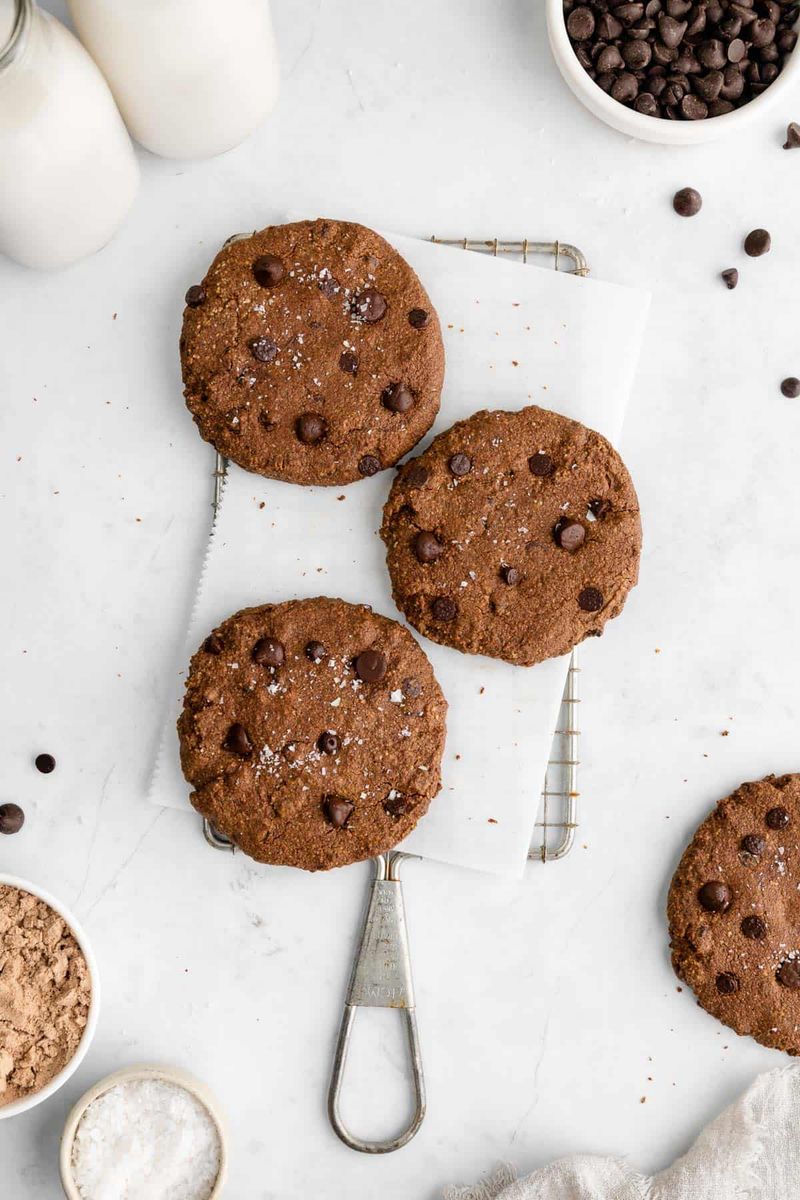
Protein cookies appeal to those seeking a protein boost in a convenient form. These treats promise high protein content, often marketed as a fitness-friendly snack. But look closer, and you’ll find ultra-processed ingredients and sugar alcohols lurking within. While they offer the allure of being both indulgent and nutritious, the reality is less appealing. Did you know that the first protein bars emerged in the 1960s as space food for astronauts? Despite their modern appeal, they remain more of an occasional treat than a dietary staple.
